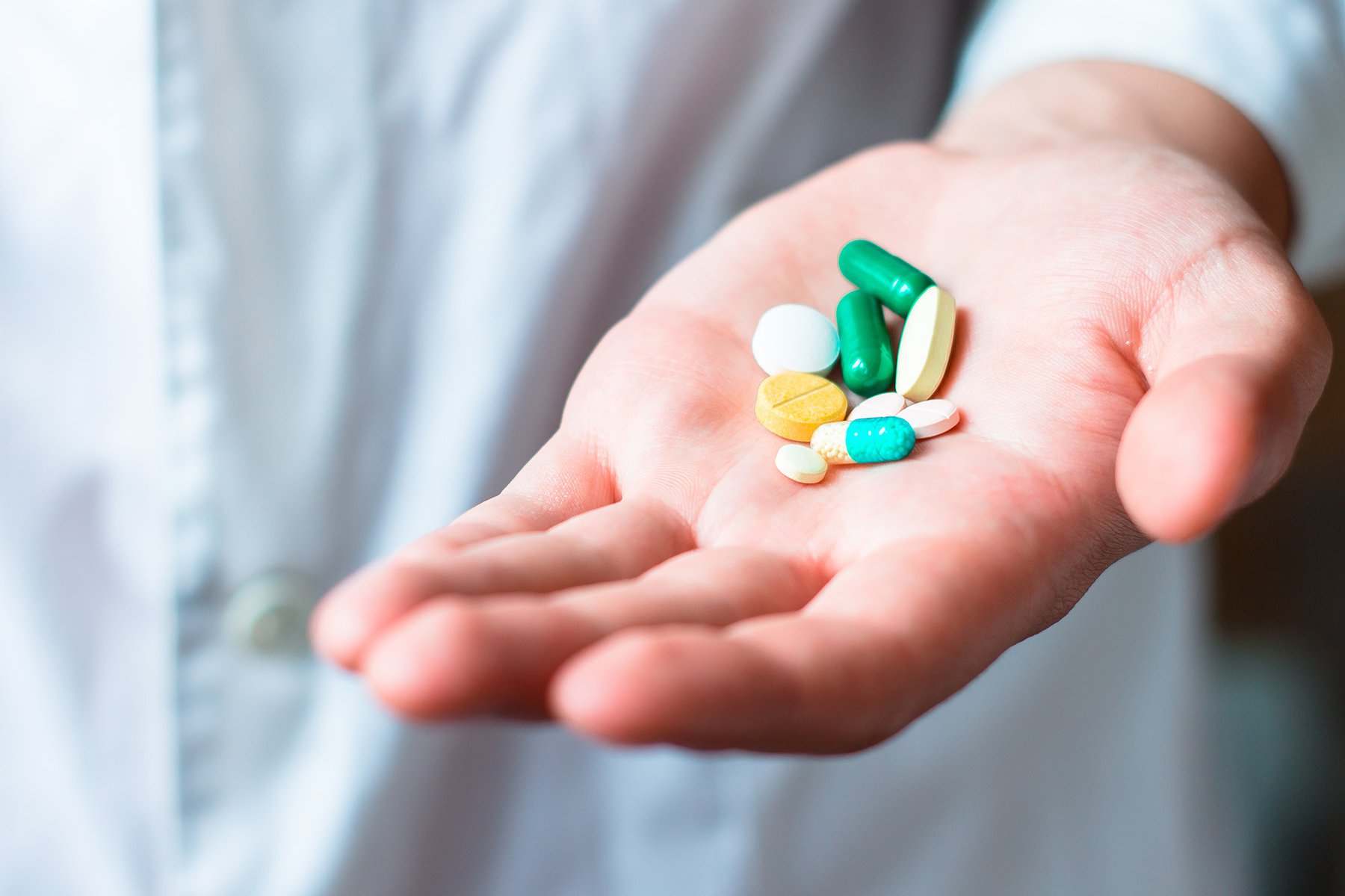Ampicillin trihydrate is the trihydrate version of ampicillin. That is a semisynthetic and broad-spectrum derivative of aminopenicillin. Ampicillin is a drug used to control and cure certain bacterial illnesses.
Usage
Many different types of bacterial infections are treated with ampicillin. This antibiotic is similar to penicillin. It functions by halting bacterial growth. This antibiotic exclusively addresses illnesses caused by bacteria. Ampicillin is used to treat several bacterial infections, including those of the throat, sinuses, lungs, reproductive organs, urinary system, and gastrointestinal tract. Meningitis is an infection of the membranes surrounding the brain and spinal cord. Ampicillin belongs to the group of drugs known as penicillins. It functions by eradicating bacteria. For viral illnesses, like the flu or the common cold, it is ineffective. Any antibiotic that is used unnecessarily may stop working against subsequent illnesses.
Mechanism
Ampicillin works by interfering with the development of cell walls by attaching itself to penicillin-binding proteins (PBPs), inhibiting the creation of peptidoglycans in cell walls, and deactivating inhibitors that bind to autolytic enzymes. By attaching to penicillin-binding proteins, ampicillin trihydrate prevents the synthesis of peptidoglycan, a vital component of the bacterial cell wall, and hence prevents the formation of bacterial cell walls.
How to Use
As prescribed by your physician, take this medication orally four times a day, or every six hours. One hour before or two hours after a meal, take ampicillin empty-handed with a full glass of water. When using this drug, stay hydrated—unless your doctor instructs you differently. The dosage is determined by your health status and how well you respond to treatment. Take this antibiotic at equally spaced intervals for optimal results. Take this drug at the same time(s) each day to aid with memory. Even if symptoms go away in a few days, keep taking this medicine until the entire advised dosage is finished. If you stop taking the drug too soon, the infection can come back.
Side effects
The effects of ampicillin could be adverse. This might result in vomiting, nausea, and diarrhea. Certain adverse effects may be dangerous. If you encounter any of the following signs, cease taking ampicillin right away, give your doctor a call, or seek emergency care. It might manifest as a rash, itching, hives, dysphagia, wheezing, or trouble breathing. severe diarrhea (bloody or watery stools), which can happen up to two months or longer after your treatment and can happen with or without a fever and stomach cramps. A recurrence of fever, chills, sore throat, cough, and other infection-related symptoms.
Resistance to Antibiotics
Additionally, β-lactamases typically render ampicillin inactive (see the penicillin section for details on developing resistance to β-lactams). Enterococcus faecium and Streptococcus pneumoniae have started to show low-affinity PBPs as a mechanism of resistance to aminopenicillins through mutations in recent years.
To sum up
The material above is meant to give you the most up-to-date and pertinent details. We cannot, however, ensure that this information covers every potential interaction because medications interact differently with each individual. Medical advice should not be substituted with this information. Always discuss any potential interactions with prescription medications, over-the-counter medications, vitamins, herbs, and supplements with your healthcare practitioner.
